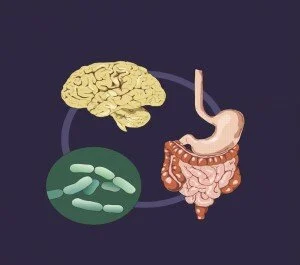A new review published in WIREs Nanomedicine and Nanobiotechnology1 explores how nanotechnology may be used to develop safer breast implants as an alternative to silicone rubber, minimizing health complications.
Around 75% of post-mastectomy patients elect some form of breast reconstruction. The only material option available to women undergoing breast reconstruction and augmentation is based on silicone rubber. While no medical device is 100% safe and effective, there is an extraordinarily high rate of complications reportedly attributed to silicone breast implants (20-30% – no other medical device has such a high failure rate), including increased incidence of systemic diseases, various forms of cancer, and psychological disease. Continue reading
 The research, led by Professor Mark Lyte from Texas Tech University Health Sciences Center,
The research, led by Professor Mark Lyte from Texas Tech University Health Sciences Center,